Applying Problem Based Learning (PBL)
What is Problem Based Learning (PBL)? Problem Based Learning (PBL) is a method in which learners are immersed in solving real-world problems. PBL is based…
Both worlds involve crafting, delivering, and ensuring educational content success. However, they also have significant differences that pique the interest of teachers considering a leap into instructional design.
It’s the creative process of developing learning materials and experiences that truly engage learners and create impact. Think of it as the magic behind the scenes, involving tasks like uncovering learning needs, designing innovative solutions, crafting materials and measuring program effectiveness. Instructional designers are the architects of education, working their magic across diverse settings, from traditional face-to-face to eLearning, corporate training to higher education.
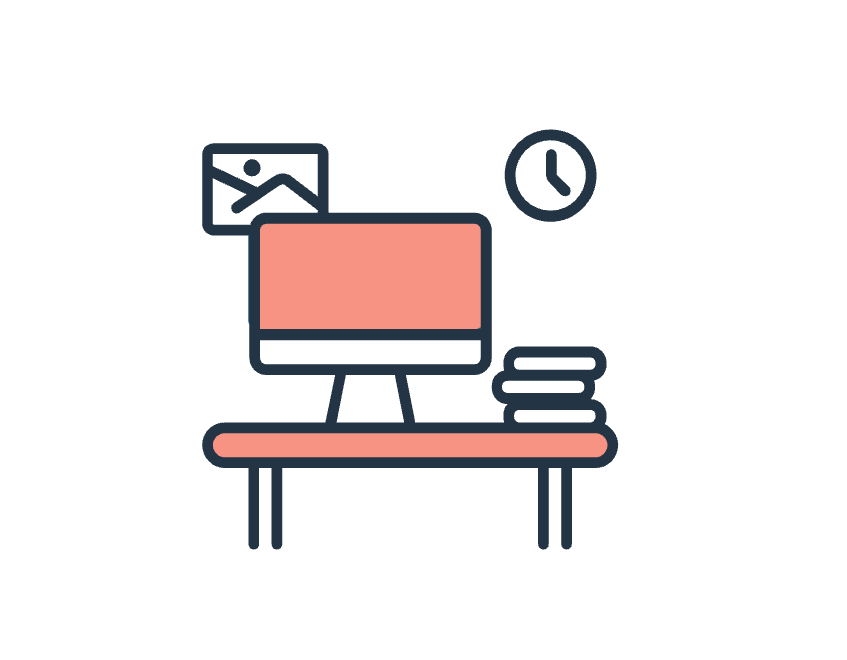
Embrace the freedom of working remotely or as a digital nomad
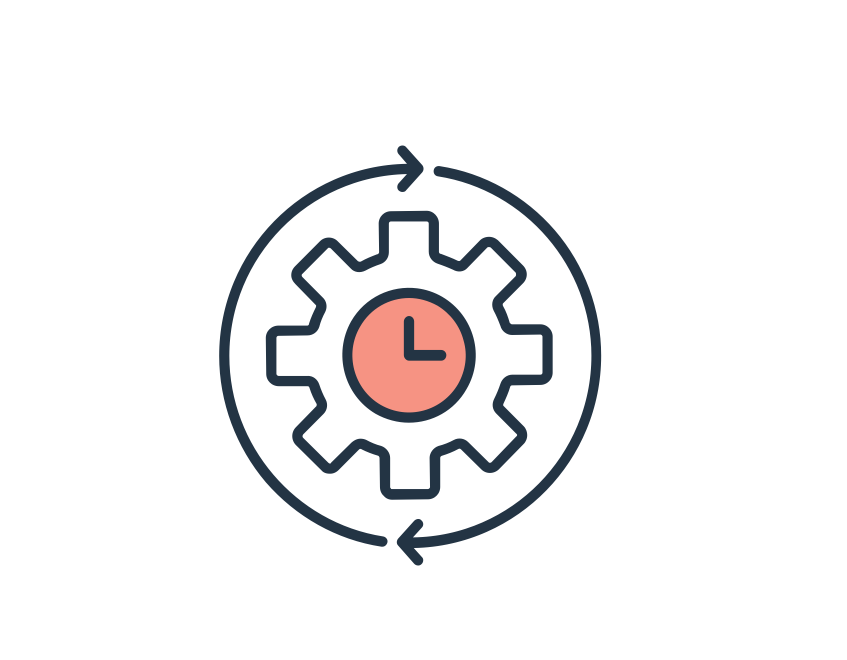
Enjoy flexible hours that fit your lifestyle
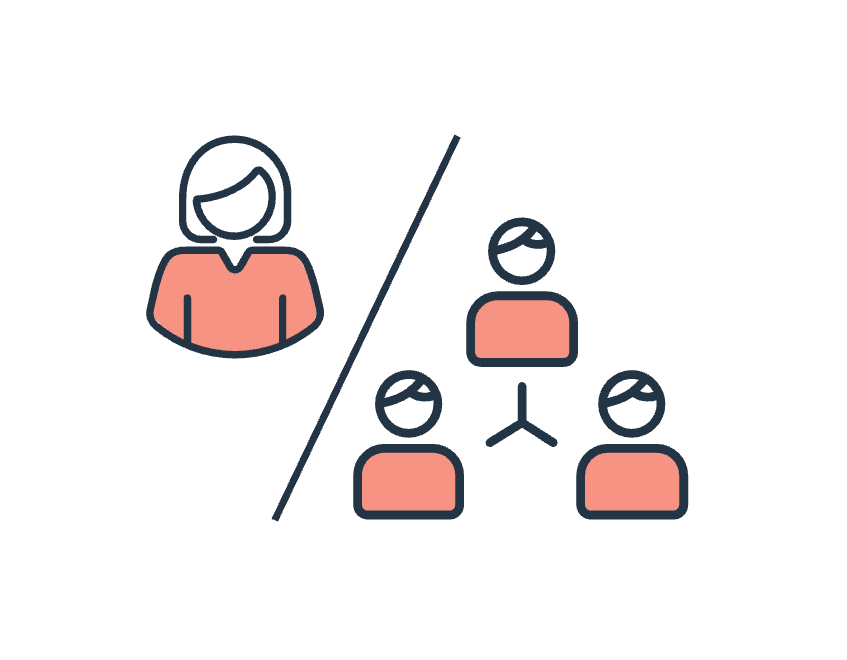
Explore the versatility of freelancing or collaborating in a team
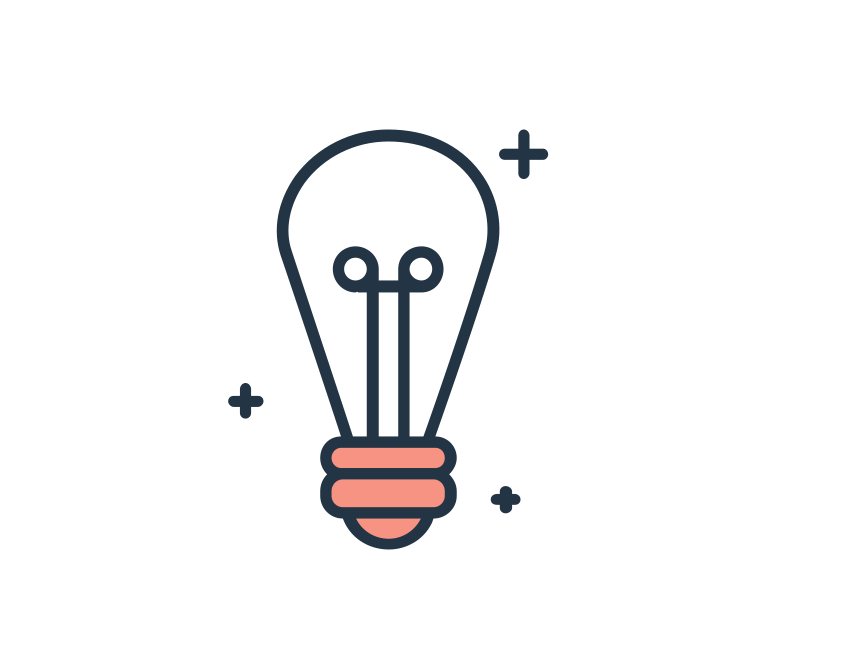
Channel your creativity and problem-solving abilities into designing effective learning experiences

Say goodbye to monotony - every project requires curiosity and new thinking

Make a meaningful impact by helping others to learn and grow
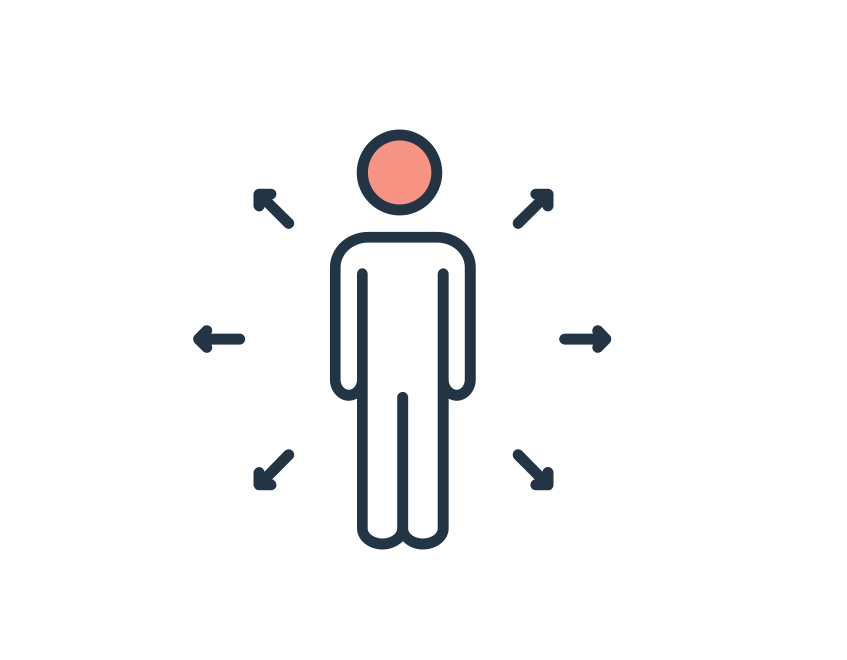
Constantly expand your knowledge and skills in a dynamic role
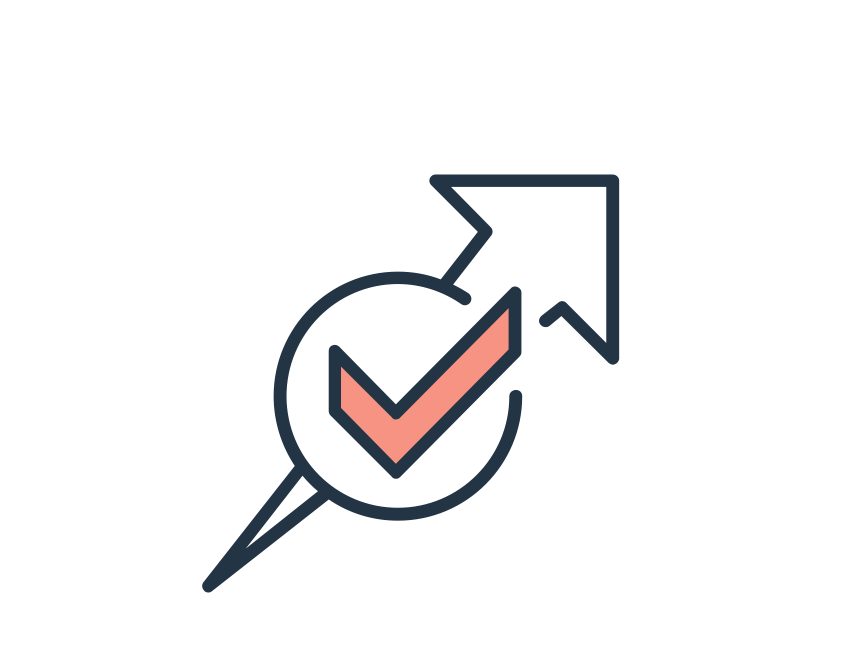
Join a thriving industry, where your new skills are in demand!
(21.7% projected job growth in 5 years (Seek, 2023))
How to successfully go from teaching to instructional design
Interested in becoming an instructional designer?
We offer flexible, self-paced, online courses on instructional design. Instructional Design PLUS is our most popular, which offers three 90-minute one-on-one coaching and feedback sessions with a Senior Instructional Designer.
We are always looking for talented Instructional Designers to join our ever-growing team. Work with us!
Let’s break it down. Teaching is the art of delivering knowledge, often in a classroom setting, engaging directly with learners. Instructional design, on the flip side, is the craft behind the scenes — it’s about creating learning programs and materials that teachers, facilitators or trainers use to guide their students. It involves understanding learning needs, curating content, and applying design principles to ensure information sticks. So, while teachers are the stars on stage, instructional designers are the scriptwriters, ensuring every lesson has the potential to be a hit.
{
“@context”: “https://schema.org”,
“@type”: “FAQPage”,
“mainEntity”: [{
“@type”: “Question”,
“name”: “How do I change from teacher to instructional designer?”,
“acceptedAnswer”: {
“@type”: “Answer”,
“text”: “Let’s break it down. Teaching is the art of delivering knowledge, often in a classroom setting, engaging directly with learners. Instructional design, on the flip side, is the craft behind the scenes — it’s about creating learning programs and materials that teachers, facilitators or trainers use to guide their students. It involves understanding learning needs, curating content, and applying design principles to ensure information sticks. So, while teachers are the stars on stage, instructional designers are the scriptwriters, ensuring every lesson has the potential to be a hit.”
}
},{
“@type”: “Question”,
“name”: “How do I change from teacher to instructional designer?”,
“acceptedAnswer”: {
“@type”: “Answer”,
“text”: “Switching from teacher to instructional designer? Start by leveraging your educational expertise! Dive into learning design theories, familiarise yourself with eLearning software and build a solid portfolio showcasing your curriculum development skills. Network with industry pros and consider a certificate in instructional design to validate your skills. This transition is all about reshaping your teaching knowledge into designing impactful learning experiences.”
}
},{
“@type”: “Question”,
“name”: “Is it hard to break into instructional design?”,
“acceptedAnswer”: {
“@type”: “Answer”,
“text”: “Breaking into instructional design can seem daunting, but with the right approach, it’s absolutely within your reach! Begin by upskilling with online courses in popular eLearning tools and instructional design principles. Build a robust portfolio to showcase your work. Networking is your golden ticket—connect with industry insiders through forums and LinkedIn. And remember, every expert was once a beginner, so patience and persistence are your best friends on this journey.”
}
},{
“@type”: “Question”,
“name”: “What skills do teachers need for instructional design?”,
“acceptedAnswer”: {
“@type”: “Answer”,
“text”: “Teachers eyeing instructional design need a unique skill set! It’s about blending educational expertise with tech savvy, mastering eLearning tools like Rise 360. A good grasp of design thinking and an ability to analyse learning needs are must-haves. Teachers should also be adept at crafting measurable learning outcomes and developing content that resonates with diverse audiences. Strong project management skills will keep your course development on track.”
}
},{
“@type”: “Question”,
“name”: “How does instructional design differ to lesson planning?”,
“acceptedAnswer”: {
“@type”: “Answer”,
“text”: “Instructional design is the big picture – a systematic approach to creating entire learning experiences, often for diverse audiences and various mediums and delivery methods (think face-to-face, eLearning, virtual, on-the-job). It dives deep, from analysing learners’ needs to assessing outcomes. Lesson planning, on the other hand, zooms in on individual classroom sessions, detailing activities and resources for specific lessons. Think of instructional design as crafting the whole learning journey, while lesson planning maps out individual pit stops. So, while they’re related, they operate on different scales.”
}
},{
“@type”: “Question”,
“name”: “How are instructional strategies different from teaching methods?”,
“acceptedAnswer”: {
“@type”: “Answer”,
“text”: “Instructional strategies and teaching methods — two sides of the educational coin, but not quite the same. Instructional strategies are the overarching plans, the blueprints for learning, addressing how to deliver content for maximum impact. They’re about selecting the right mix of activities, technology, and assessments to hit diverse learning goals. Teaching methods, though, are the individual techniques used in the classroom — think group discussions, lectures, or hands-on experiments. They’re the tools in a teacher’s kit that bring an instructional strategy to life. It’s strategy vs. execution, the game plan versus the play!”
}
}]
}
Switching from teacher to instructional designer? Start by leveraging your educational expertise! Dive into learning design theories, familiarise yourself with eLearning software and build a solid portfolio showcasing your curriculum development skills. Network with industry pros and consider a certificate in instructional design to validate your skills. This transition is all about reshaping your teaching knowledge into designing impactful learning experiences.
Breaking into instructional design can seem daunting, but with the right approach, it’s absolutely within your reach! Begin by upskilling with online courses in popular eLearning tools and instructional design principles. Build a robust portfolio to showcase your work. Networking is your golden ticket—connect with industry insiders through forums and LinkedIn. And remember, every expert was once a beginner, so patience and persistence are your best friends on this journey.
Teachers eyeing instructional design need a unique skill set! It’s about blending educational expertise with tech savvy, mastering eLearning tools like Rise 360. A good grasp of design thinking and an ability to analyse learning needs are must-haves. Teachers should also be adept at crafting measurable learning outcomes and developing content that resonates with diverse audiences. Strong project management skills will keep your course development on track.
Instructional design is the big picture – a systematic approach to creating entire learning experiences, often for diverse audiences and various mediums and delivery methods (think face-to-face, eLearning, virtual, on-the-job). It dives deep, from analysing learners’ needs to assessing outcomes. Lesson planning, on the other hand, zooms in on individual classroom sessions, detailing activities and resources for specific lessons. Think of instructional design as crafting the whole learning journey, while lesson planning maps out individual pit stops. So, while they’re related, they operate on different scales.
Instructional strategies and teaching methods — two sides of the educational coin, but not quite the same. Instructional strategies are the overarching plans, the blueprints for learning, addressing how to deliver content for maximum impact. They’re about selecting the right mix of activities, technology, and assessments to hit diverse learning goals. Teaching methods, though, are the individual techniques used in the classroom — think group discussions, lectures, or hands-on experiments. They’re the tools in a teacher’s kit that bring an instructional strategy to life. It’s strategy vs. execution, the game plan versus the play!